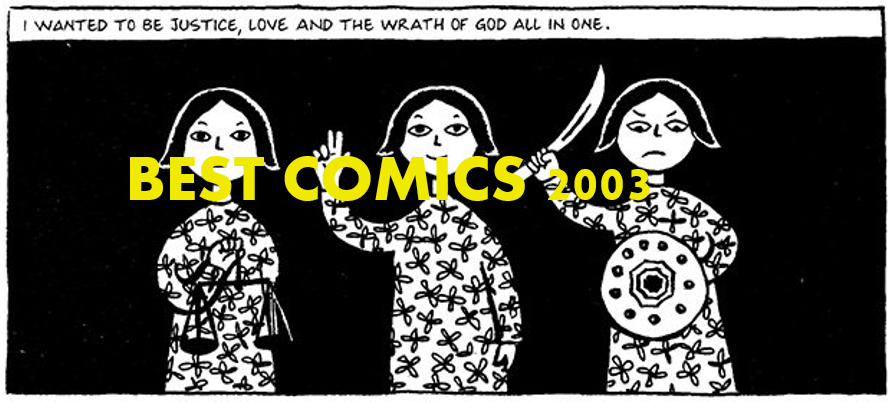“Top Ten Everything 2001”
Por Andrew Arnold
Publicado en la formato digital por TIME Magazine, jueves 18 de diciembre de 2003.
– – – – – – – – – –
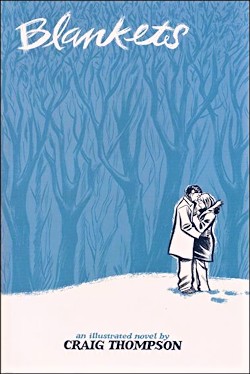
“Blankets” by Craig Thompson
This semi-autobiographical novel set in the snowy hinterlands of Wisconsin tells the story of a lonely, artistic young man who struggles with his fundamentalist Christian upbringing when he falls in love. Fluidly told over 582 pages, “Blankets” magically recreates the high emotional stakes of adolescence. Thompson has set new bars for the medium not just in length, but breadth.
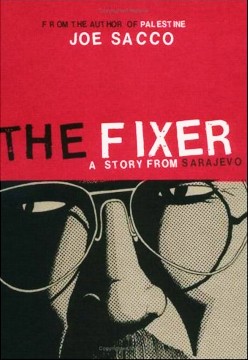
“The Fixer” by Joe Sacco
Sacco continues his pioneering work in comix journalism with this profile of a shady Sarajevo native and his stories of the city’s siege during the early 90s. Combining detailed artwork with dynamic layouts and a grasp of the relativeness of truth, “The Fixer” is a vital pure comix experience.
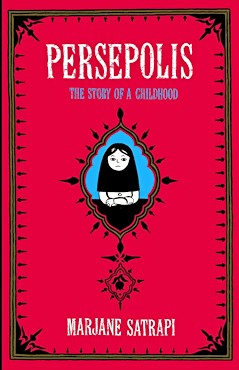
“Persepolis” by Marjane Satrapi
It couldn’t be more prescient or unexpected: a comix-style memoir by a woman who grew up during the Iranian revolution. Totally unique and utterly fascinating, Satrapi’s simple style reveals the complexities of this veiled-off world.
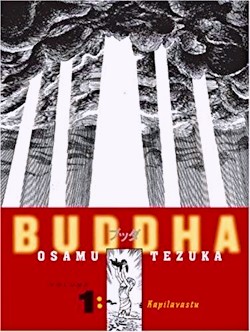
“Buddha” Vols. 1 and 2 by Osamu Tezuka
Japanese comix master Tezuka adds his own characters and stories to the life of the Buddha in these first two books of a projected eight. While always playful and entertaining, the central themes—the cycles of karma and respect for all living creatures—never stray from the tenets of the faith.

“Nightmare Alley”, adapted by Spain
Spain, a veteran of the underground era of adult comix, adapts William Lindsay Gresham’s 1946 novel of the midway. The perfect “comix noir” of a colorless world, “Nightmare Alley” churns your guts and loins with its nihilism, sex and freaks.
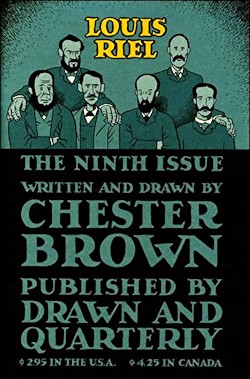
“Louis Riel” by Chester Brown
Drawing the characters in a style more akin to daily cartoon gag strips, Brown tells the true story of a French/Indian mystic who led a rebellion against the Canadian government during the late 19th century. It’s a compelling package that uses history to explore the nature of belief, madness and power.
NOTA: Publicado por Drawn and Quarterly, “Louis Riel” fue completado tras 10 tomos en el año 2003.

“Paul has a Summer Job” by Michael Rabagliati
Rabagliati’s thinly veiled autobiography tells a genuinely moving coming-of-age story of a summer as a camp counselor. Charmingly illustrated, the book follows Paul as he moves from self-pity to self-confidence, learning to live outside of himself through falling in love and helping others.

“Palomar” by Gilbert Hernandez
At last all of Hernandez’ stories located in Palomar, the small town “somewhere south of the U.S. border,” have been collected into one volume. First appearing in the 80s and 90s, these deeply influential tales, a sort of Archie-comics-meets-Márquez melange of complicated pan-American inter-relationships, are a comix epic.
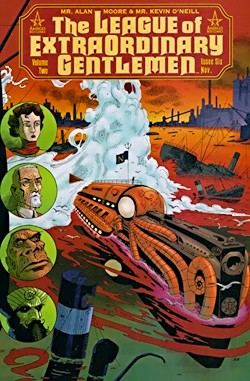
“The League of Extraordinary Gentlemen” Vol.2 by Alan Moore and Kevin O’Neill
Forget the movie, if you haven’t already. Writer Moore and penciler O’Neill take their cast of fictional 19th-century characters, including the Invisible Man, Mr. Hyde and Alan Quartermain and pit them against H.G. Well’s invaders from Mars. It’s pure entertainment that also involves topical themes of foreign threats, WMDs and gene-splicing.

“The Yellow Jar” by Patrick Atangan
The never-before-published Atangan turns traditional Japanese folk tales into gorgeous, full-color comix told in a style reminiscent of ancient Japanese prints. Beautiful to look at and a delight to read, “The Yellow Jar” is made for a knockout debut.
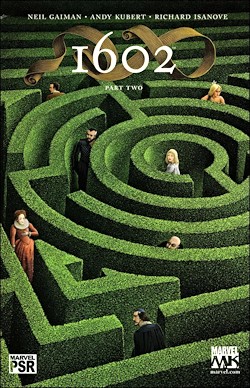
(Worst) “1602” by Neil Gaiman and Andy Kubert
Writer Gaiman, who helped propel DC comics into the adult market with his “Sandman” series, and penciler Kubert re-imagine the likes of Spiderman, Daredevil and Dr. Doom in the Elizabethan age. But the change of scenery breathes no new life into these once-exciting characters that have ossified into little more than corporate icons.
